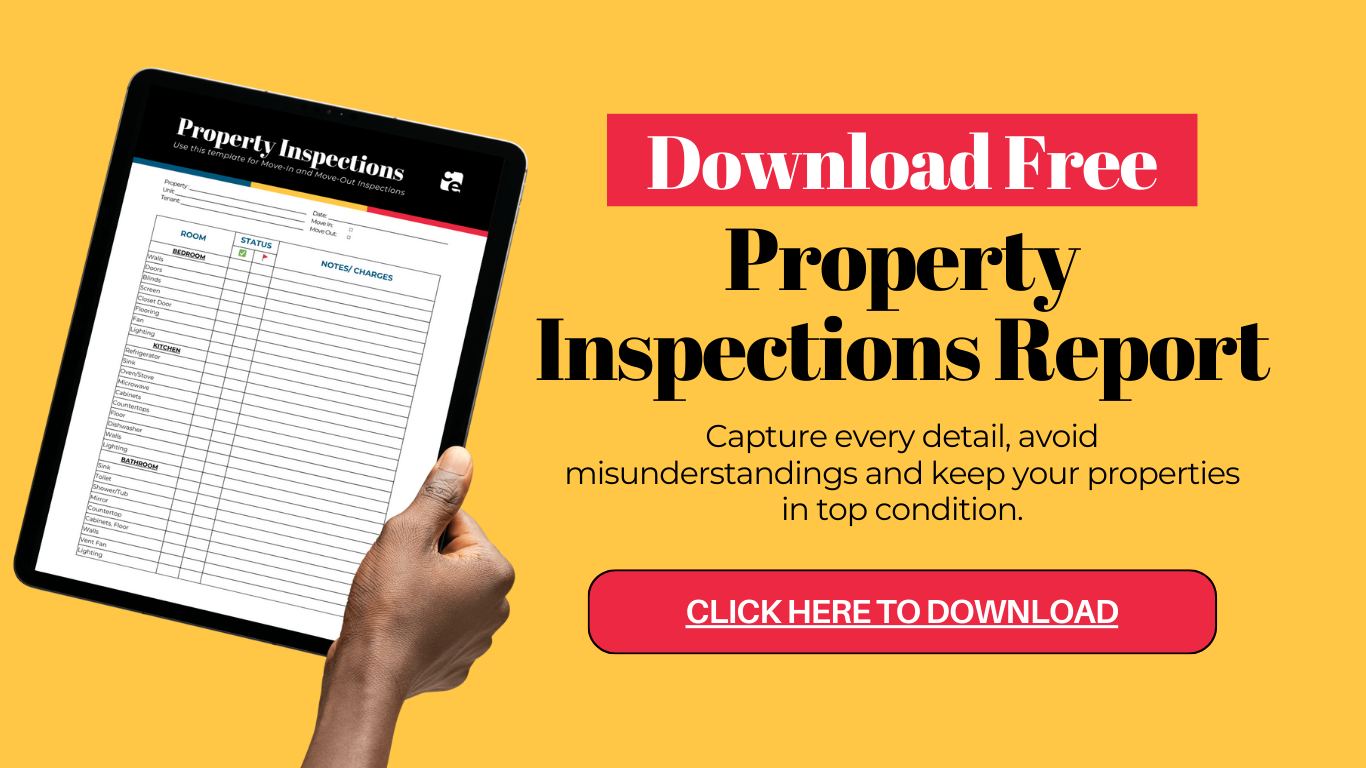What Are The Benefits Of Accepting Section 8 Tenants?
Here's a scenario – you are working to lease out one of your vacant units when someone calls you and says that they are interested in renting it but would like to know if you accept Section 8 vouchers?
As is often the case, landlords and managers that are unfamiliar with the specifics of this program will give responses that range from flat-out saying "No," to stumbling around the question in hopes of encouraging the prospect to look elsewhere. When this happens, it is usually because the landlord/manager does not want to deal with an unfamiliar situation that may take up more of their time.
Instead, they would prefer to field calls from prospects with high income, good credit, and as few complications as possible. But bear in mind that some states have made it illegal to deny renting to someone based solely on the fact that they have a Section 8 voucher.
That is why we want to provide you with a basic starting point by explaining some of the benefits of the Section 8 program.
Benefits Of Accepting Section 8
Here's a quick list of some of the benefits of the Section 8 program for landlords, with a more detailed description down below:
- Reliable, on-time payments each month
- Protection against tenant's loss of income
- Longer tenancy = fewer vacancies
- Extra incentive for your tenant to take care of your rental
- Free advertising
- Contribution to those seeking help
Okay, now let's go over each of these points in a little more detail:
1. Reliable, On-time Payments Each Month
The PHA (public housing agency) that issued the voucher will send you monthly rent payments on behalf of the tenant, on the same day each month, to the bank account of your choosing. The rental price is determined by the PHA and is between 90% and 110% of the Fair Market Rent (the cost to rent a moderately-priced dwelling unit, of the same size, in your market).
Once that price is determined, the PHA will cover 70% of that amount and the tenant will be responsible for the balance. Whereas, with a typical tenant, you will have to chase down the entire rental amount if issues start to arise, Section 8 guarantees that you will always receive at least 70% of the rent, on time, each month.
2. Protection Against Tenant's Loss of Income
According to the HUD website, when a voucher holder's income permanently changes, "the portion of rent paid by the PHA and the tenant is adjusted to reflect this change.
This provides financial protection to landlords in that, if an HCV tenant's income decreases, there is a process for the PHA to pay a larger portion of the rent to the landlord, so that the landlord continues to receive a full rental payment.1"
3. Extra Incentive to Take Care of Your Rental
"HCV tenants are typically long-term tenants, living in a unit for 7-8 years on average.1" Voucher holders had to endure the long waiting list to finally get their Section 8 voucher in the first place.
They then had to find a landlord that accepts the voucher (something that can be much harder than you'd think), and then go through the whole process of moving in. Because of this, it takes a lot of time and effort to pick up and move elsewhere, thus Section 8 tenants will want to stay in place for a longer period.
What's more, voucher-holders are oftentimes families and individuals looking to escape tougher areas (since vouchers can be used for any type of residence, not just government-built projects); therefore, voucher-holders will want to stay in place longer in order to build a better life for themselves.
4. Extra Incentive to Take Care of Your Rental
The local housing authority will inspect your rental unit, free of charge, at least every other year. This holds the tenant accountable to both you and the housing authority, for keeping your rental unit in good shape.
In the state of California, for example, tenants are required to take reasonable care of their rental units, as well as common areas such as hallways and outside areas. They are also responsible for any damage caused by their neglect or abuse, and any damage caused by their family, guests, or pets.
If the tenant fails to rectify any issues they caused, they risk losing their voucher and being removed from the program.
5. Free Advertising
Your local PHA keeps a list of available Section 8 units in the area and advertises this to its huge waitlist of voucher holders. The PHA will also be aware of local websites or platforms that can advertising available rental units, free of charge to landlords.2
Thanks to the high demand of Section 8, you'll have an immediate stream of applicants to screen and choose from.
6. Contribution to Those Seeking Help
Tenants come from all walks of life, no matter what their source of income; however, the Section 8 program aims specifically to help very-low-income families, the elderly, and the disabled to afford decent, safe, and sanitary housing in the private market.
By participating as a landlord and renting to qualified and responsible voucher holders, you can contribute to the stability and upwards mobility of your fellow citizens.
Now that you know some of the benefits of the Section 8 program, you have a better understanding of why it is a good idea to research, prepare and create a system for fielding these types of inquiries on your vacant units. For even more information, check out our other posts regarding the Section 8 program, as well as the HUD website and the website for your local public housing agency!
1Check out this helpful "Myth-Busting and Benefits Fact Sheet" from the HUD (U.S. Department of Housing and Urban Development) website.
2U.S. Department of Housing and Urban Development) website:
https://www.hud.gov/topics/rental_assistance
Let's elevate the industry together—share this blog with fellow investors.
More about Coastline Equity
Property Management Services
 Learn More
Learn MoreOur team will handle all your property needs, offering specialized services such as in-depth inspections, liability management, staff recruitment and training, and round-the-clock maintenance—expert support tailored to the unique requirements of your real estate assets.
About Us
 Learn More
Learn MoreOur dedicated team transforms property management challenges into opportunities. From tenant management to streamlined rent collection and proactive maintenance.
Property Management Excellence
 Learn More
Learn MoreAs a contributing author for Forbes, Anthony A. Luna brings a wealth of expertise and knowledge in the property management industry, real estate sector, and entrepreneurship, providing insights and thought-provoking analysis on a range of topics including property management, industry innovation, and leadership.
Anthony has established himself as a leading voice in the business community. Through his contributions to Forbes, Anthony is set to publish his first book, "Property Management Excellence" in April 2025 with Forbes Books.
Insights
 Learn More
Learn MoreLearn more about Coastline Equity's property management practices & processes and how we support our clients with education and a growth mindset.
Coastline Equity Property Management is your partner as you continue to learn and grow.
News & Updates



Property Management Made Easy
Los Angeles
1411 W. 190th St.,
Suite 225
Los Angeles, CA 90248
Temecula
41743 Enterprise Circle N.,
Suite 207
Temecula, CA 92590





